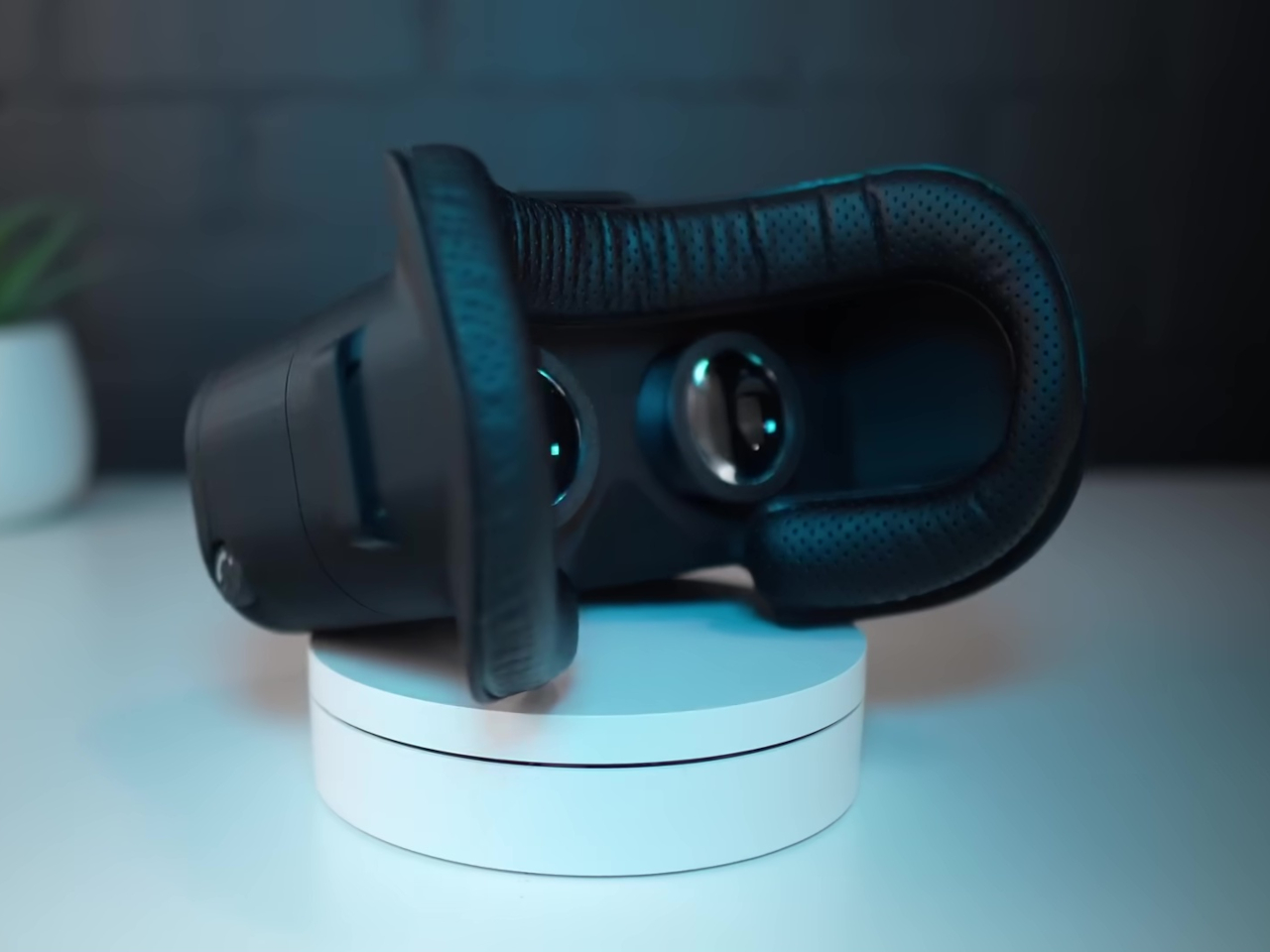
"Virtual reality has hit a peculiar crossroads where premium headsets deliver impressive experiences but demand wallet-crushing price tags. Most commercial options either cost more than a decent laptop or barely scratch the surface of what VR can accomplish. The high costs are a nightmare for budget-conscious enthusiasts, and the plastic-like materials used sometimes make even expensive headsets look rather cheap. This divide has left sim racers and VR hobbyists hunting for alternatives that deliver genuine immersion without unnecessary features."
"VR design has become iconic to the point that other accessories try to adopt it, from specialized mounts to gaming peripherals. And, of course, there's no shortage of collaborations with tech brands, like this upcoming DIY project, which is both impressive and a tad worrying. A fascinating maker recently demonstrated how thoughtful component selection and clever engineering can produce a fully functional VR headset for just over $150, complete with high-resolution displays and responsive head tracking."
"What makes this project genuinely compelling goes beyond its budget-friendly price tag and straight into smart engineering territory. The creator originally built this headset specifically for sim racing, where crystal-clear visuals and accurate head tracking matter infinitely more than hand controllers or room-scale movement capabilities. This laser focus allowed for brilliant design compromises that actually enhance the overall experience rather than diminish it."
Premium VR headsets deliver impressive experiences but often cost more than a decent laptop and use materials that can feel cheap. Budget-conscious enthusiasts, sim racers, and hobbyists seek immersive alternatives without superfluous features. A maker produced a fully functional DIY VR headset for just over $150 offering high-resolution displays and responsive head tracking. The design prioritizes sim racing needs over hand controllers and room-scale movement, enabling design compromises that enhance clarity and tracking. The headset uses two 2.9-inch displays with a combined resolution of 2880x1440, and smaller panels improve accessibility by avoiding large minimum interpupillary distance requirements.
Read at Yanko Design - Modern Industrial Design News
Unable to calculate read time
Collection
[
|
...
]